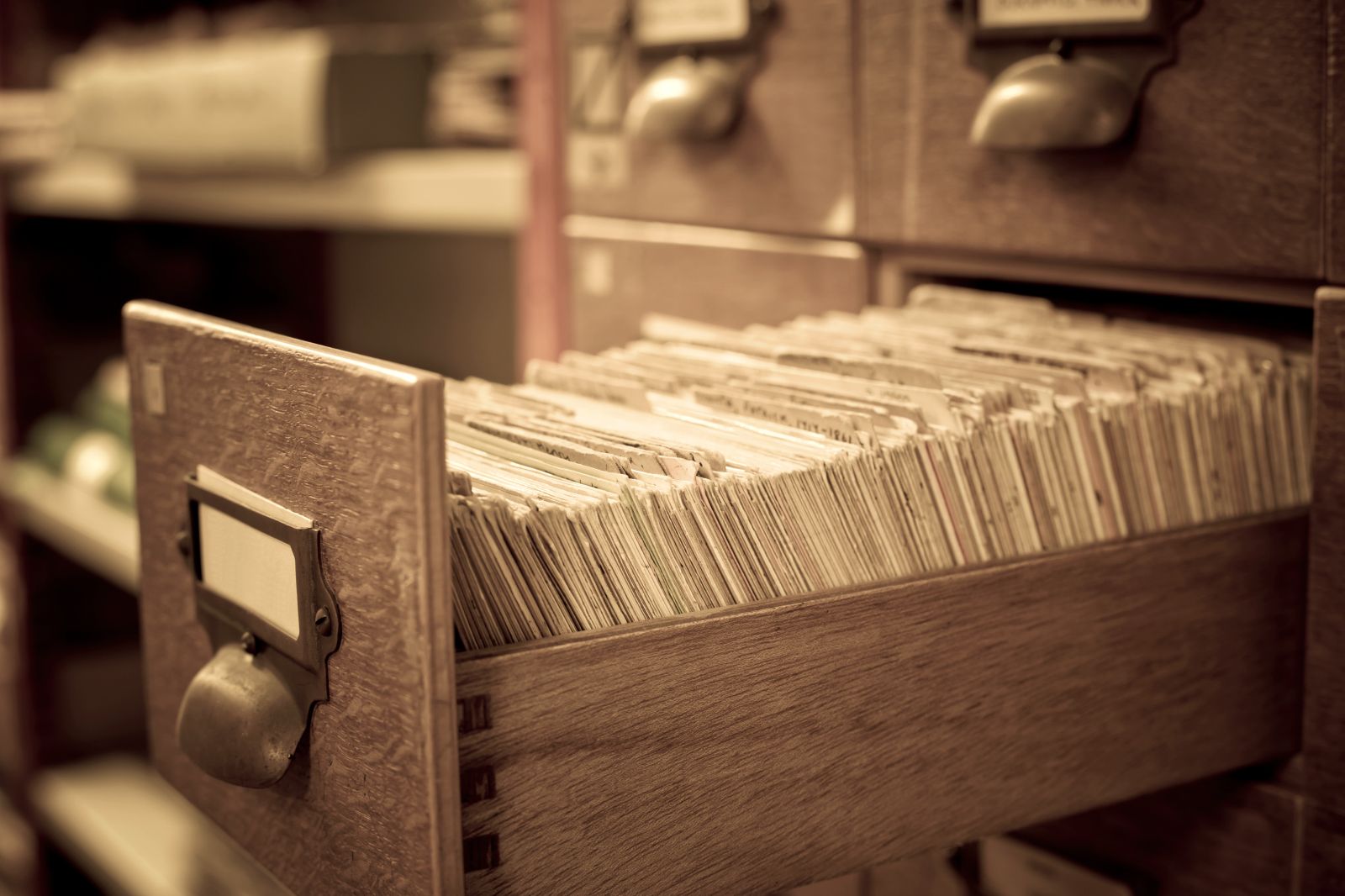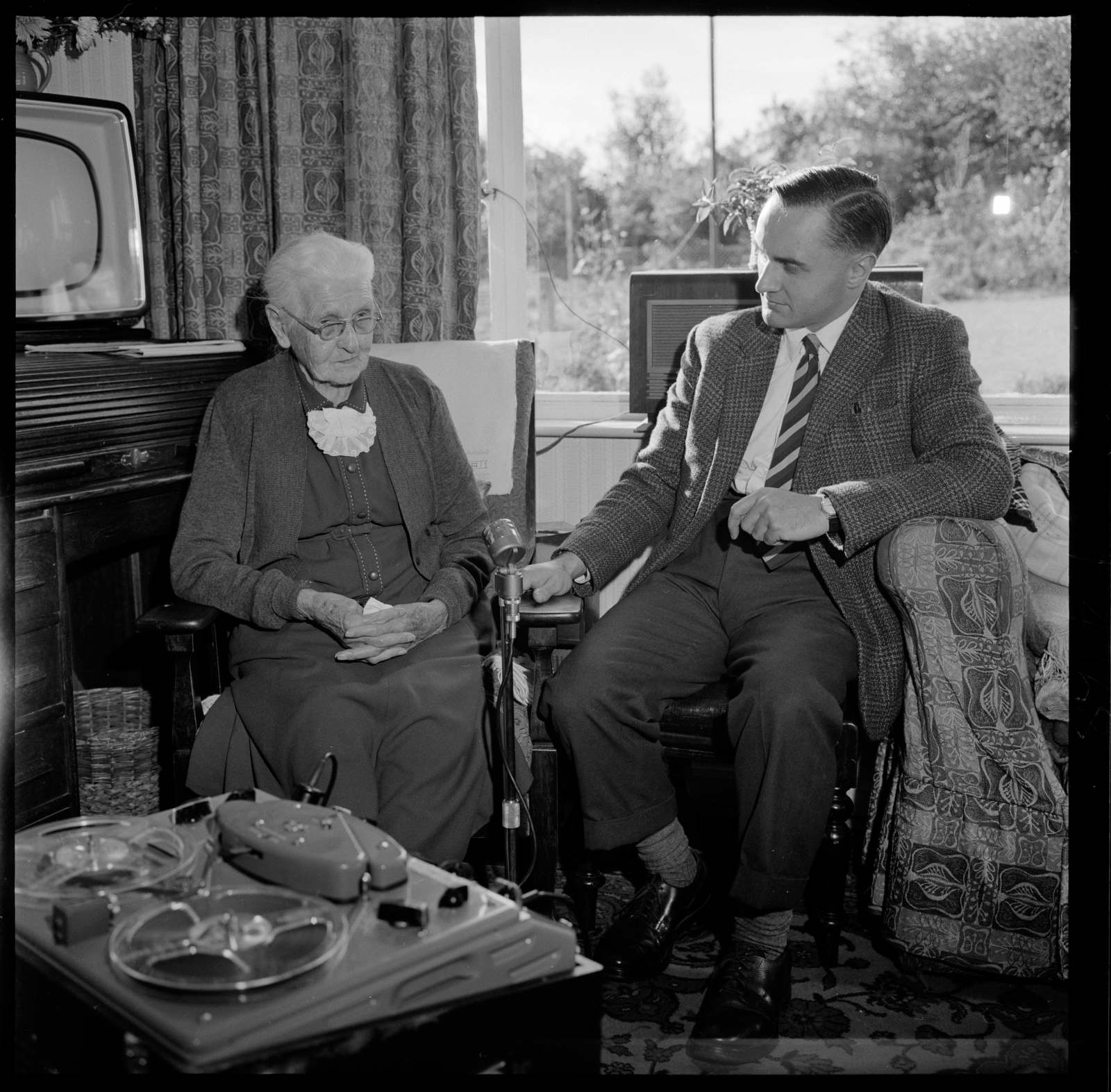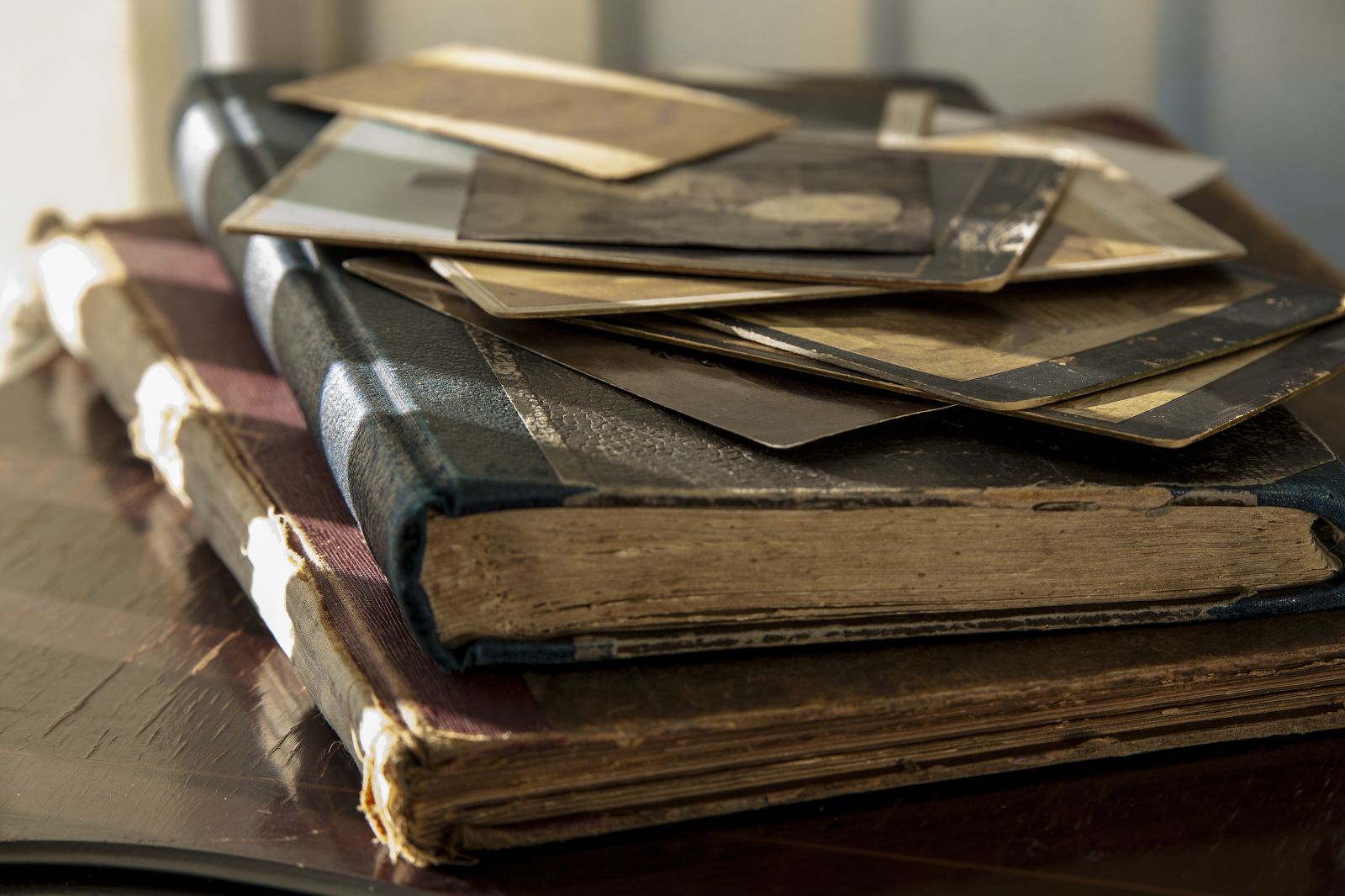Library and Archives





Library
The library at St Fagans contains material relating to the social and cultural history of Wales. It provides a resource and a service, primarily for Museum staff to promote all aspects of their work: identifying objects, to interpret them in their socio-historical background, care for them, answering enquiries, preparing exhibitions, and the like. Members of the public are also welcome to use the library. It is used especially by students and the media, as well as individuals.
The library is open Monday and Tuesday 10am–4.45pm
Sound Archive
The tape-recording of people on all aspects of folk life and culture has always played an important part in the work of the Museum. Collecting in the field was begun in 1957, the oldest interviewee on tape having been born in 1858.
The sound archive's growing collection now includes over 9000 field recordings, many BBC recordings (on both tape and disk), over 1000 commercial disks and some early phonograph cylinders.
Most of the collection is in the Welsh language, priority having been given to recording informants in areas where both the language, the local dialect and the traditional way of life was under threat. However, there is also a considerable amount of English language material, mainly from the anglicised areas, such as the south-east, the border counties, the Gower and South Pembrokeshire.
Film and Video Archive
The Museum has a collection of approx. 50 hours of 16mm film footage. Much of this is material shot during the 1970s by curatorial staff who were anxious to record a way of life that was fast disappearing. Using a hand-cranked Bolex cine camera, they made silent colour films of traditional farming techniques, foods, and crafts.
As well as these fieldwork films, we have 16mm material which was either donated to the archive or acquired from television companies, such as the BBC and TWW, following a collaborative project with Museum staff.
Among these there are films of the Mari Lwyd in Llangynwyd in the 1960s; Hywel Wood the Welsh gypsy clog dancing in St Fagans Castle kitchen; and a copy of Y Chwarelwr (The Quarryman) - the first Welsh-language talkie.
Manuscript Archive
The St Fagans archive consists of material in manuscript form, such as:
- farmer's diaries
- craftsmen's account books
- apprenticeship indentures
- books listing sheep ear-marks
- bidding letters (printed)
- school exercise books
- inventories
- eisteddfodic compositions
- relevant research theses
- printed ballads, carols and anthems
Photography Archive
The Photographic Archive contains approximately 150,000 negatives and prints, and approximately 15,000 slides. Ever since St Fagans opened in 1948 the staff have been taking photographs of Welsh folk life. The Archive holds, besides these, a wealth of much older photographs which are either originals acquired as donations, or copies made from originals loaned to the Museum for this purpose.
The Photographic Archive is used extensively by researchers, and especially by publishers and the media.